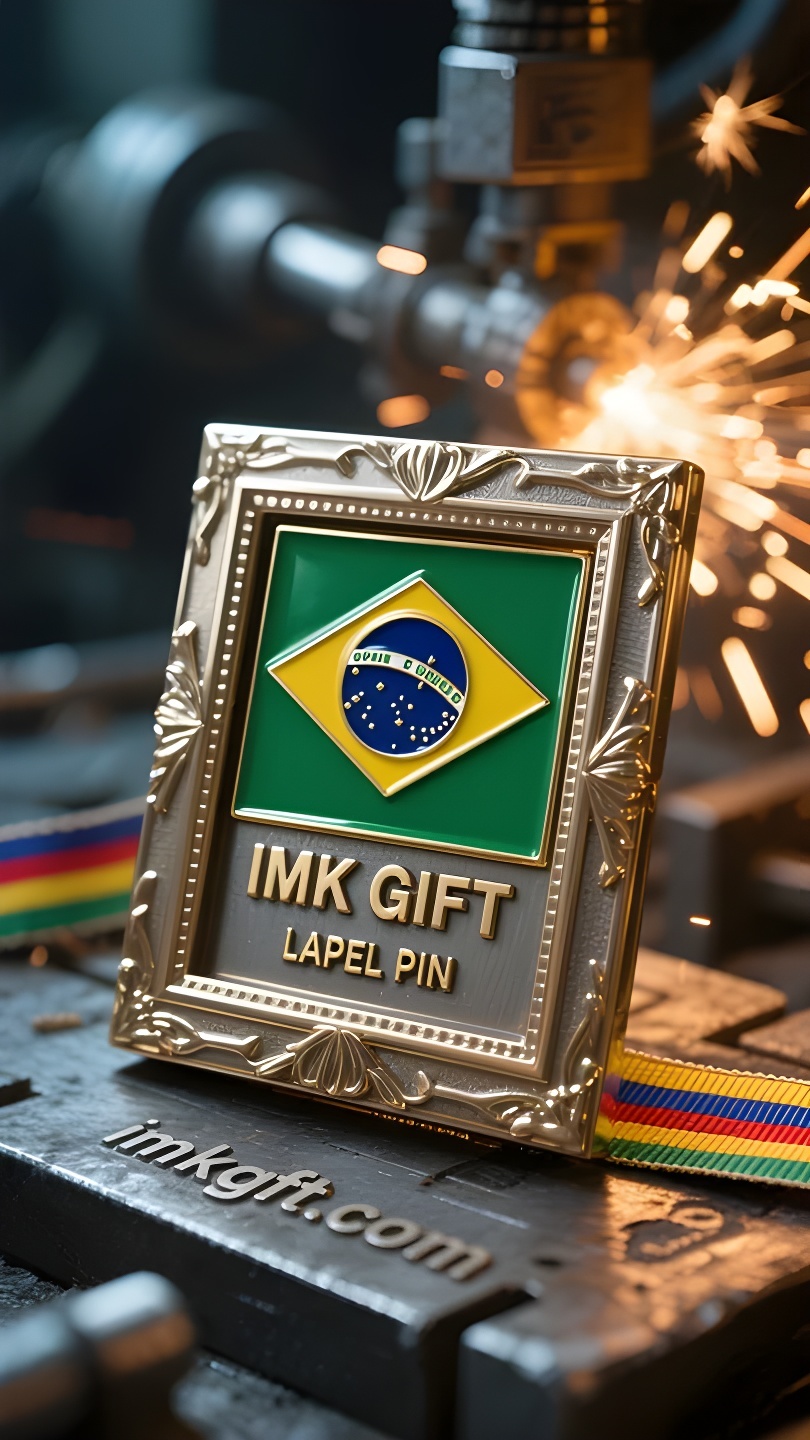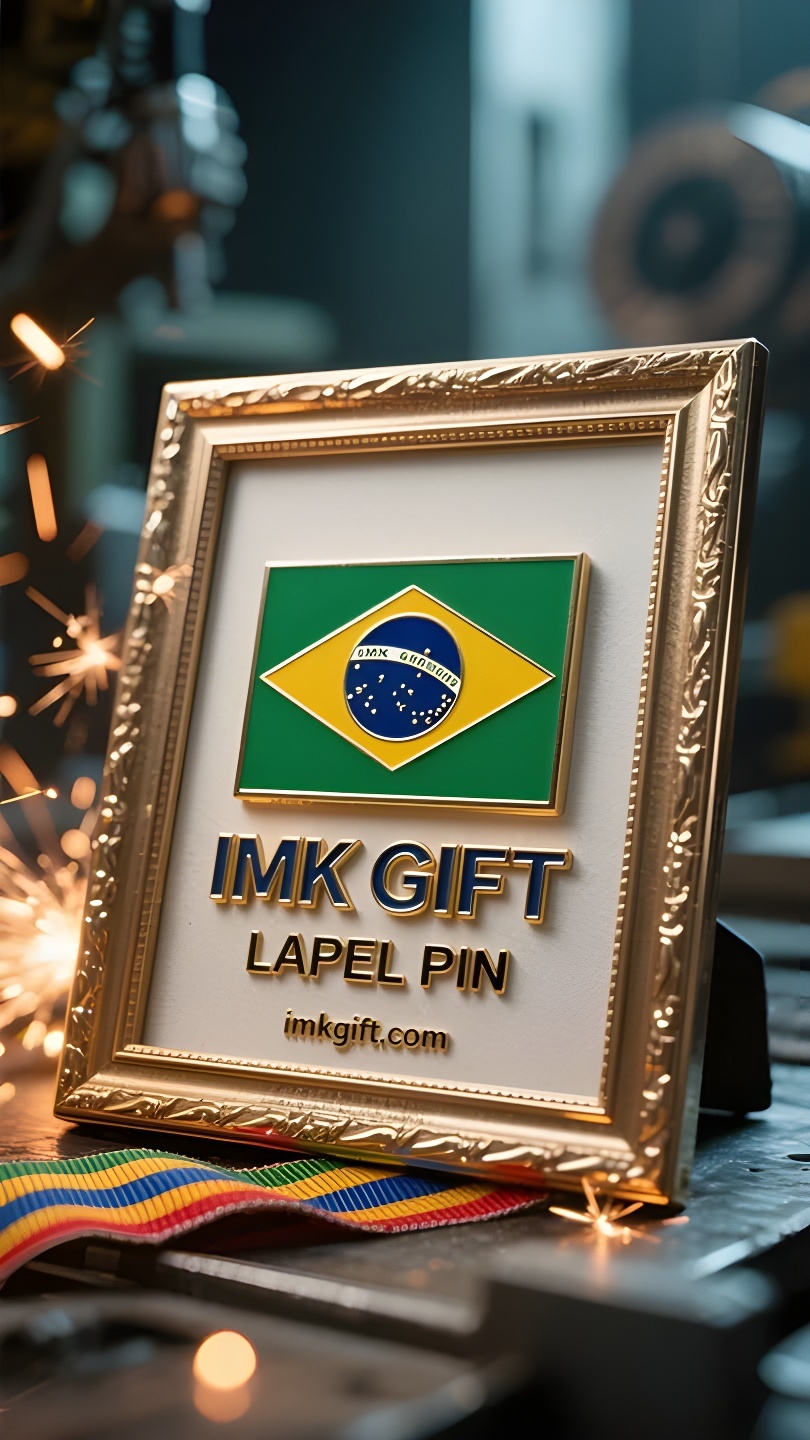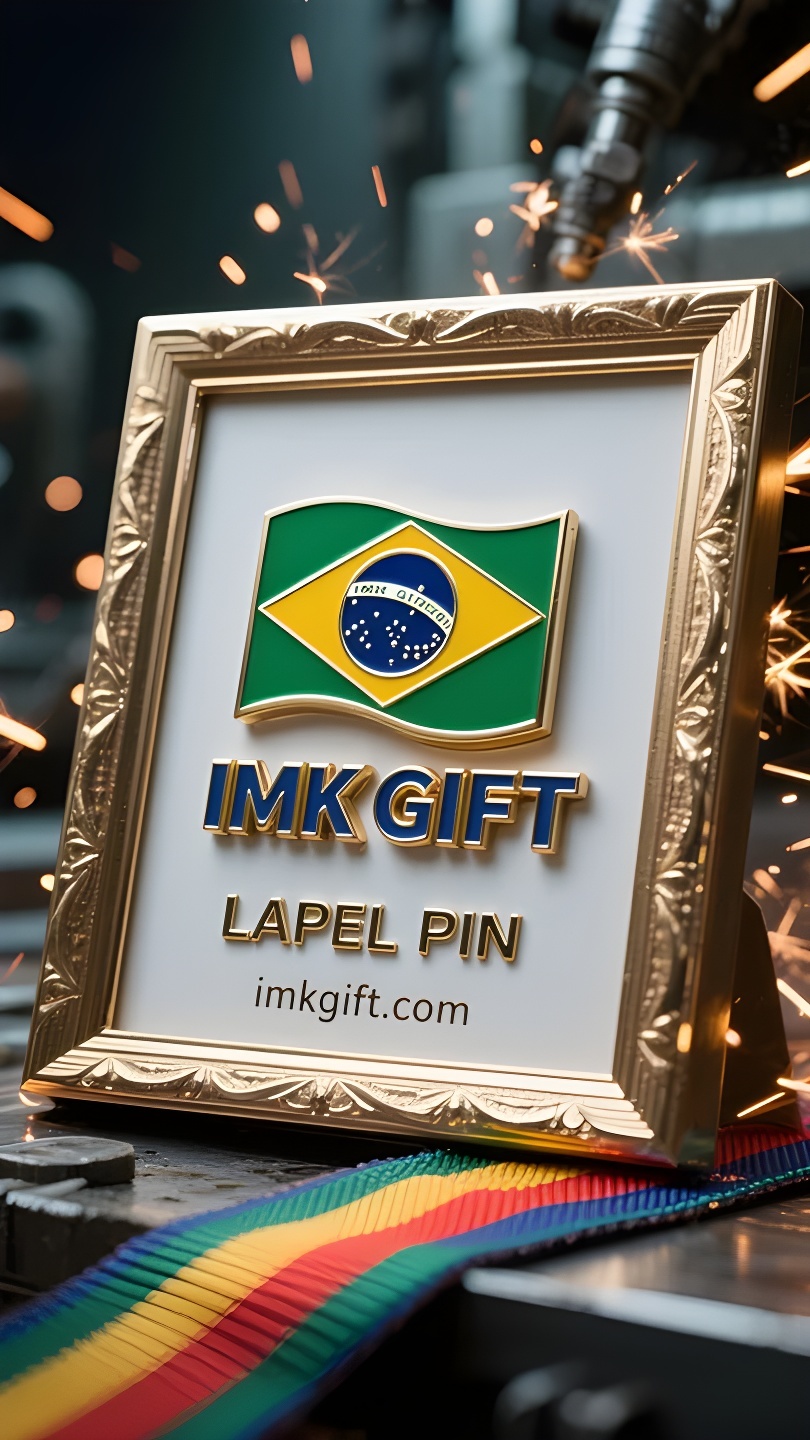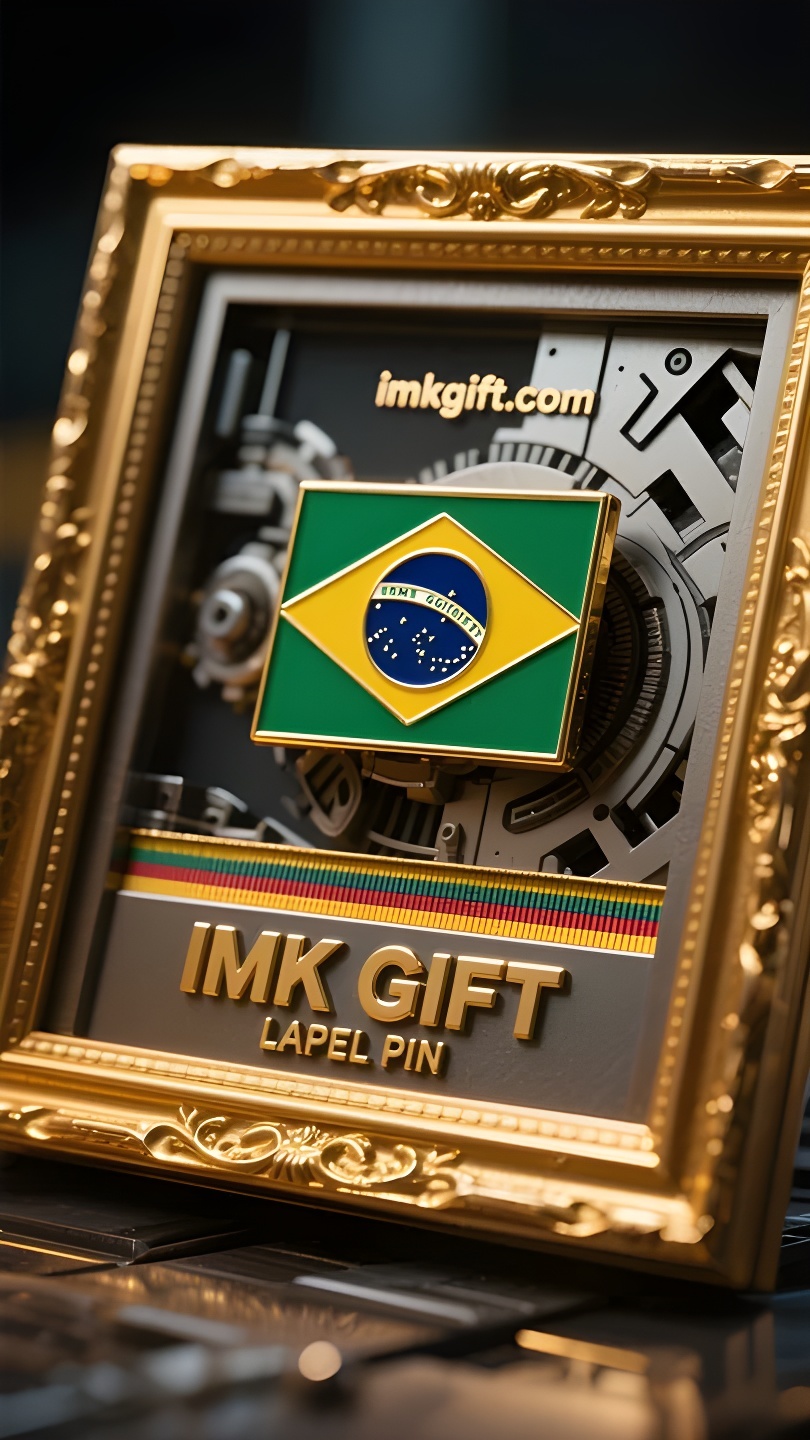in983-Um-país-feito-de-estrelas-e-galhos-o-código-de-unidade-do-Brasil
▼
Todo dia 7 de setembro, os brasileiros olham para a bandeira nacional e observam os padrões intrincados da moldura do emblema nacional, sempre pensando na conexão mais profunda do espírito nacional. O globo celeste composto por 27 estrelas na bandeira nacional reflete a vastidão do país; o escudo redondo azul no centro do emblema nacional está gravado com o lema “ordem e progresso”. Mas o que realmente une as pessoas é o círculo de galhos e folhas dourados e verdes que envolve o emblema nacional – folhas de café e folhas de tabaco crescem entrelaçadas, o que não é apenas uma homenagem à história, mas também uma metáfora para o futuro. O significado da moldura é como um microcosmo da sociedade brasileira. As folhas de café simbolizam a base econômica e as folhas de tabaco representam a integração cultural. As duas se apoiam mutuamente, formando um ciclo fechado e estável. Assim como neste país de imigrantes, pessoas de diferentes cores de pele e crenças tecem um destino comum com diferenças sob a estrutura nacional da moldura. Quando os adolescentes nas favelas do Rio tocam o Cruzeiro do Sul na bandeira nacional, e quando os guardas florestais na floresta amazônica limpam a poeira do emblema nacional, todos estão guardando essa “moldura” inclusiva. Durante as comemorações do Dia da Independência deste ano, artesãos usaram materiais reciclados para refazer a moldura do emblema nacional, e os pedaços de metal quebrados foram derretidos e ganharam nova vida. Isso nos lembra que a integridade de um país não reside em eliminar diferenças, mas em forjar rachaduras em linhas de conexão. Assim como cada veia na moldura dos galhos leva ao centro, a luta de cada brasileiro acabará se fundindo na galáxia do progresso nacional.
Every September 7, Brazilians look up at the national flag and gaze at the intricate patterns of the national emblem frame, always thinking of the deepest connection of the national spirit. The celestial globe composed of 27 stars on the national flag reflects the vastness of the country; the blue round shield in the center of the national emblem is engraved with the motto of “order and progress”. But what really unites people is the circle of golden and green branches and leaves frame around the national emblem – the coffee leaves and tobacco leaves grow in an interlaced manner, which is not only a tribute to history, but also a metaphor for the future. The meaning of the frame is just like a microcosm of Brazilian society. Coffee leaves symbolize the economic foundation, and tobacco leaves represent cultural integration. The two support each other in an equal manner to form a stable closed loop. Just like in this immigrant country, people of different skin colors and beliefs weave a common destiny with differences under the national framework like a frame. When the teenagers in the slums of Rio touch the Southern Cross on the national flag, and when the rangers in the Amazon rainforest wipe the dust off the national emblem, they are all guarding this inclusive “frame”. During this year’s Independence Day celebrations, artisans used recycled materials to remake the national emblem frame, and the broken metal pieces were melted and given new life. This reminds us that the integrity of a country does not lie in eliminating differences, but in forging cracks into connecting lines. Just as each vein in the branch frame leads to the center, the struggle of every Brazilian will eventually merge into the galaxy of national progress.
每年9月7日,巴西人仰望国旗,凝视国徽相框的繁复纹样,总会想起民族精神最深层的联结。国旗上27颗星组成的天球仪,映射着国土的辽阔;国徽中央的蓝色圆盾,镌刻着”秩序与进步”的箴言。而真正凝聚人心的,却是围绕国徽的那一圈金绿相间的枝叶相框——咖啡叶与烟草叶交错生长,既是对历史的致敬,更是对未来的隐喻。
相框的寓意,恰如巴西社会的缩影。咖啡叶象征经济根基,烟草叶代表文化交融,两者以平等姿态相互支撑,形成稳固的闭环。正如这个移民大国里,不同肤色、信仰的人们在相框般的国度框架下,用差异编织出共同命运。当里约贫民窟的少年触摸国旗上的南十字星,当亚马孙雨林的护林员擦拭国徽上的尘埃,他们都在守护这个包容万千的”相框”。
今年独立日庆典中,工匠用回收材料重制国徽相框,残破的金属片经熔炼焕发新生。这提醒我们:国家的完整不在于消除差异,而在于将裂痕锻造成联结的纹路。正如枝叶相框中的每道脉络都通向中心,每个巴西人的奋斗终将汇入民族进步的星河。
▼
Contact Us
📞 Tel: +0086-760-85286839
📧 Email: sales3@imkgift.com








